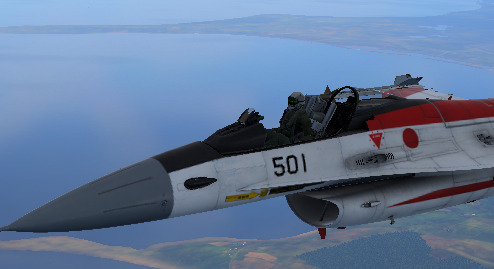I wouldn’t bar hinged canopies from being open. There’s a good number of propeller planes with hinged canopies that you would pop open before landing for both visibility and safety in event of engine damage requiring rapid egress.
Also I found this while trying to find footage:
https://www.iwm.org.uk/collections/item/object/205212811
In 1943, DG200 was put into storage, eventually moving to St Athan in 1969 for refurbishment. Once restored to its wartime paint scheme, it moved to the Royal Air Force Museum, Hendon in 1976, where it is presently on display in the Battle of Britain Hall. DG200 is seen here being flown without its cockpit canopy, which was removed (and never replaced) while the aircraft was at Hucknall to enable Wing Commander J H Heyworth, a Rolls-Royce test pilot who was very tall, to fit into the cockpit.
Spitfire takeoff & landing:
APPROACHING THE AERODROME : -
From around 1500 ft and as soon as you can see the Aerodrome once more, begin to THROTTLE BACK. Then REDUCE HEIGHT to BELOW 1000 ft and head for the DOWNWIND SIDE OF AIRFIELD. Cage the Directional Gyro now, to avoid possible damage on landing.
Check around the sky and down on the airfield to look for other planes on the move, as well as a glance at the instruments.
CIRCLE THE AERODROME : -
Notify control tower of intention to land. Then take a look at the windsock and along the landing strip.
With your LEFT HAND pull the COCKPIT HOOD RIGHT BACK, then push HALF OPEN the COCKPIT DOOR to lock the hood in the safety position.
FLYING DOWN WIND : -
On the DOWNWIND approach pull the THROTTLE BACK a touch more, Then move the AIR SCREW LEVER fully forward to FINE PITCH, and finally pull the MIXTURE CONTROL lever right BACK to the RICH SETTING. Use the throttle control alongside with working the control column to reduce the airspeed to below 180 m.p.h.
Then move your LEFT HAND OFF the THROTTLE Lever and OVER to the CONTROL STICK, and at the same time move your RIGHT HAND OVER to the UNDERCARRIAGE CONTROL LEVER. Lift it out of the TOP GATE SLOT and move it DOWN until the lever locks back into the BOTTOM GATE SLOT. Listen for the double clonk sound of the undercarriage, and then check the COCKPIT INDICATOR has changed from red to GREEN, to confirm that the wheels are now DOWN AND LOCKED.
OPEN the RADIATOR SHUTTER by pushing the stick fully FORWARD. Then pull the THROTTLE LEVER BACK a little more.
FLYING CROSS WIND : -
Start to turn into CROSSWIND. The airspeed indicator should now be reading about 140 m.p.h. It is time to press the FLAPS control switch DOWN.
The Altimeter should be reading about 250 ft above the Aerodrome.
Feel the Spitfire slow up as you begin the steady and continuous curved downward approach into wind, half a mile from the boundary hedge.
SIDESLIPPING your Spitfire is a useful way to LOOSE HEIGHT, while still keeping a curved approach. Keep a look out of the cockpit side at all times for a clear sky and clear runway coming up soon below.
Now, the spitfire does use a sliding canopy, but it does illustrate.


